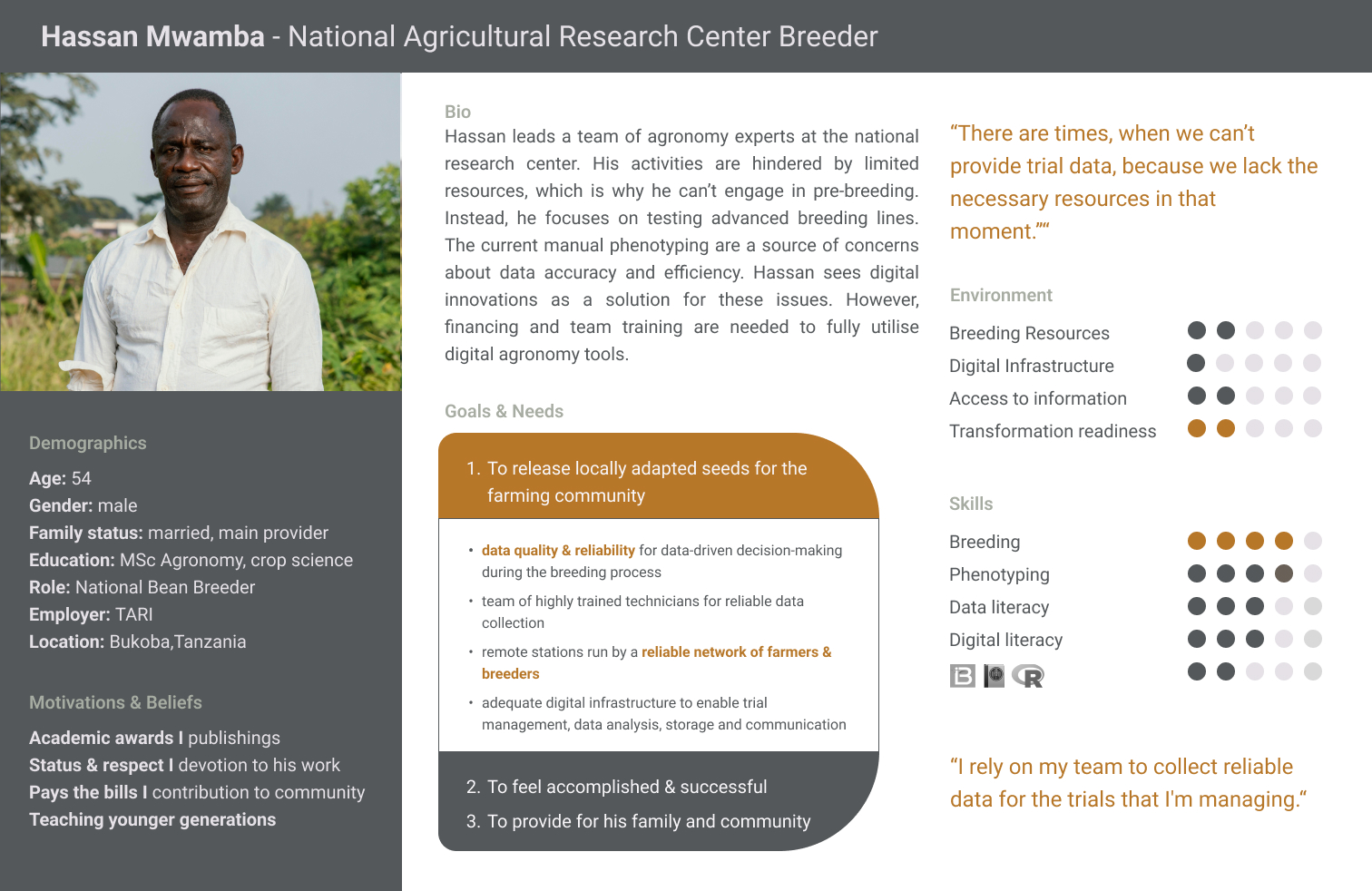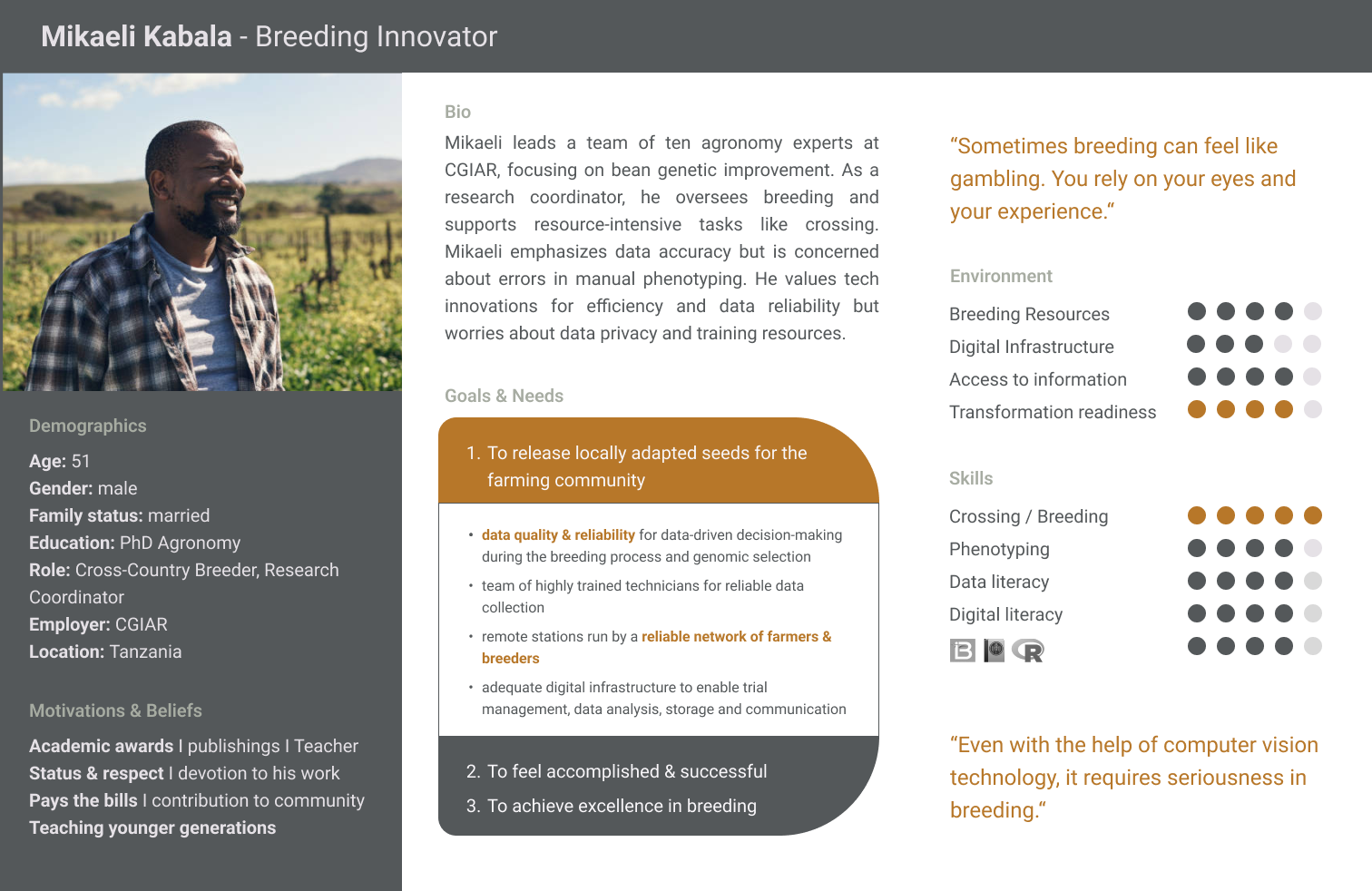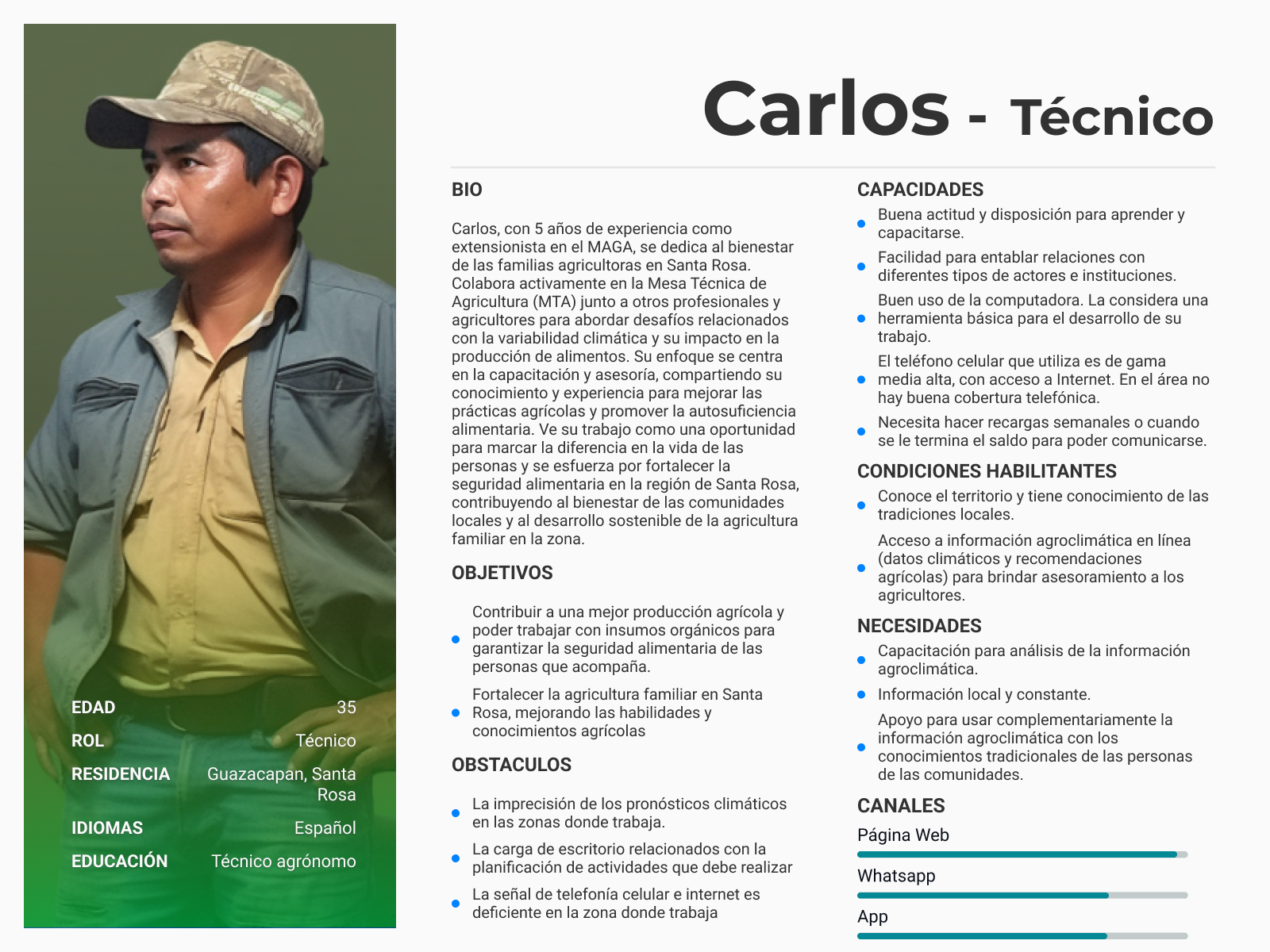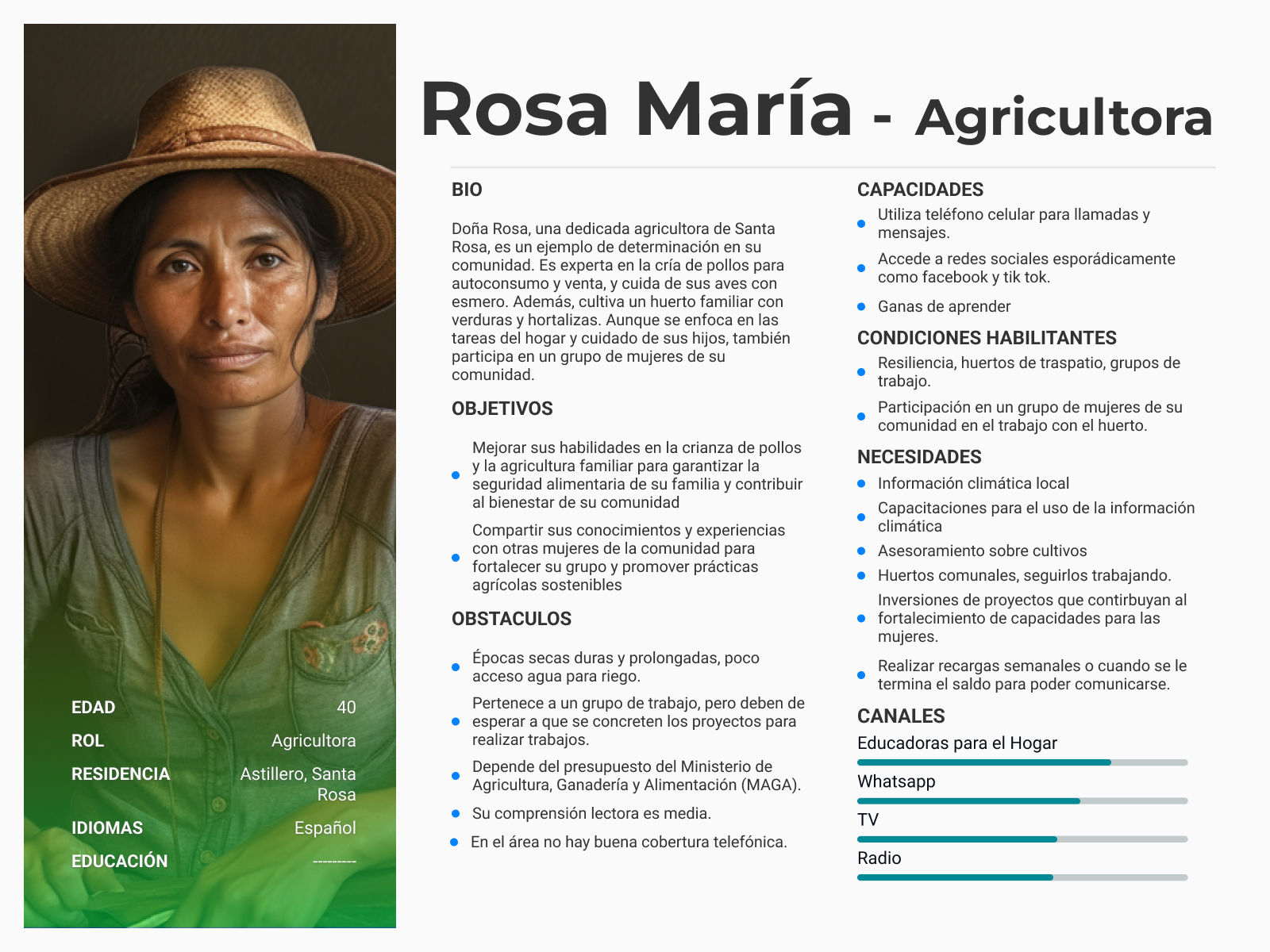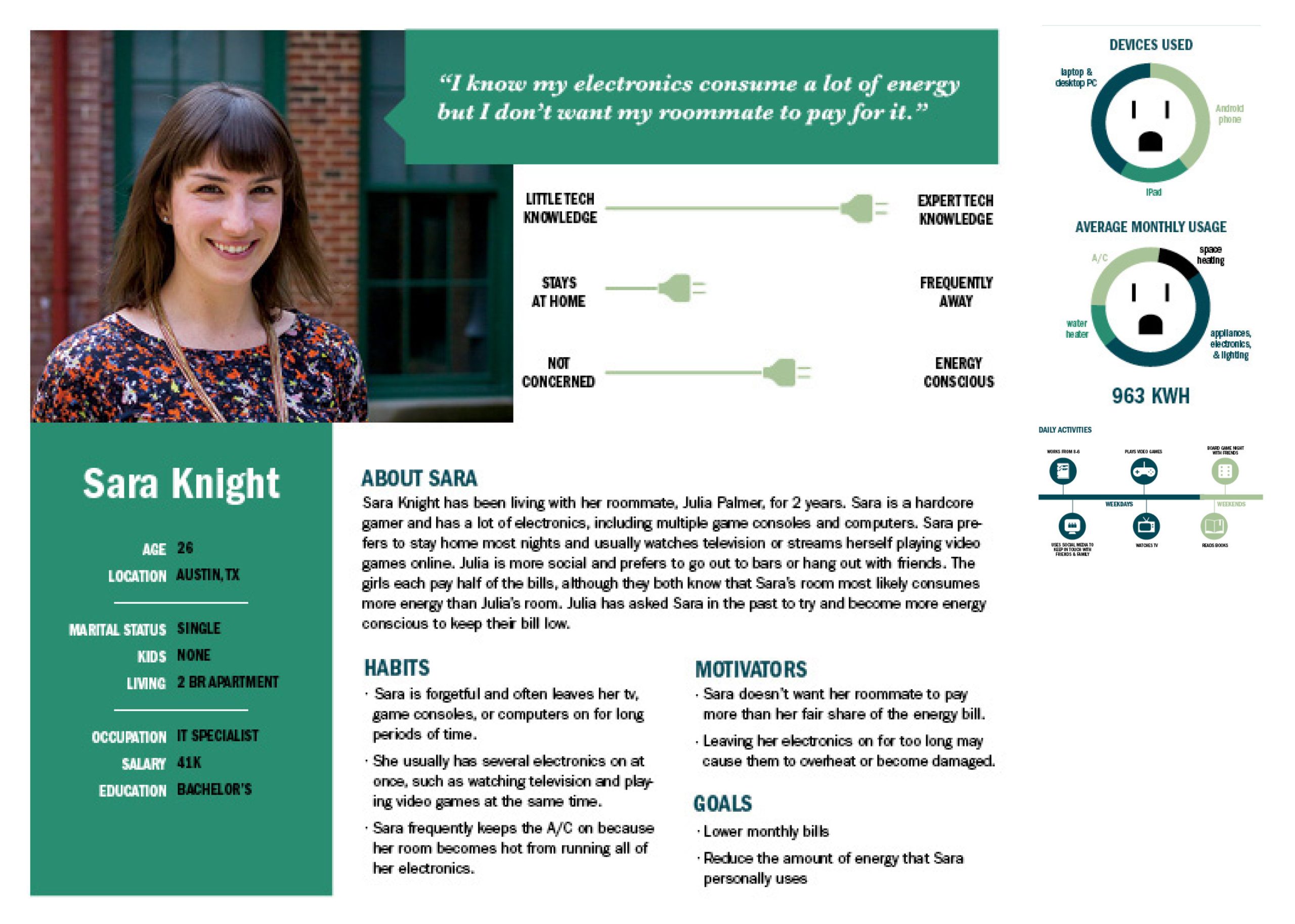Method Guidelines
User Persona
User profiles based on needs and motivations rather than demographics. Guides your feature development towards the interests of your target group.
Phases of building a Persona
![]()
Time: 3-4 days
Research
- Design questions around needs and pain points in your field. You should review them if major changes appear on your field or product.
- Test your research questions with colleagues
- Send them to target groups/ conduct the interviews
![]()
Time: 4 days
Analysis
- Cluster answers according to User Persona categories/ new insights
- Find a template and decide on the necessary number of personas
![]()
Time: 2 days
Design
- Map your personas, fill them with data from your research, quotes etc.
- Prioritize & distribute personas in your team
![]()
Time: ongoing
Use & Maintenance
- Deploy your Persona for further innovation analysis, e.g. to design User Journeys or Experience Maps
- User Personas can be a general representation of your users.
- The more precise your design challenge and the personas you design for it, the more this tool will help you. Specific personas cannot be recycled for new challenges
Research
3-4 days
- Design questions around needs and pain points in your field. You should review them if major changes appear on your field or product.
- Test your research questions with colleagues
- Send them to target groups/ conduct the interviews
Analysis
4 days
- Cluster answers according to User Persona categories/ new insights
- Find a template (online, also see last slide) and decide on the necessary number of personas
Design
2 days
- Map your personas, fill them with data from your research, quotes etc.
- Prioritize & distribute personas in your team
Use & Maintenance
ongoing
- Deploy your Persona for further innovation analysis, e.g. to design User Journeys or Experience Maps
- User Personas can be a general representation of your users.
- The more precise your design challenge and the personas you design for it, the more this tool will help you. Specific personas cannot be recycled for new challenges
User Research
While all Personas give you an overview on potential needs, pain points, and motivations to address, there are different ways to back them up with data and research:
Methods to collect User Persona data
User Interviews – understand your users’ perceptions and emotions, e.g. with these questions:
- “Tell me a bit about your role with regard to [Your research topic].”
- “What is satisfying for you regarding [Your research topic]? Tell me about a time you were very satisfied when [Your research topic]?”
- “What is frustrating for you regarding [Your research topic]?”
- “Who are colleagues, networks you are involved in when doing [Your research topic]?”
Expert Interviews – understand the birds-eye perspective
Field Observation – observe behavior and user contexts
Surveys – collect quantitative data from large samples
Types of User Personas
Proto Persona
Quick, ad-hoc collection of existing assumptions to analyze information gaps
User Persona
Profile of an ideal user based on user interview & observation results to guide your innovation design
Statistical Persona
Complex, statistical refined profile based on user interviews and subsequent survey to justify your design decisions
Don’t confuse your target group with a User Persona!
A target group doesn’t refer to someone in specific. Instead it broadly describes demographic data of your wider audience without reference to habits, emotions or thoughts.
The classical User Persona
The classical User Persona is the result of exploratory research with a small-to-medium sample size. When analyzing interview and observational data, you cluster the results regarding different attitudes, goals, pain points and expectations – not based on demographics (age, gender, position)!
Source: Alliance Bioversity & CIAT, Careerfoundry, Behance
Why it’s useful
![]() Small time commitment for small samples
Small time commitment for small samples![]() Based on user data
Based on user data![]() Key insights on motivations, expectations and needs
Key insights on motivations, expectations and needs
Potential challenges
![]() Not representative because of small sample size
Not representative because of small sample size![]() Might be biased due to small sample size
Might be biased due to small sample size![]() In organizations with low UX experience, expect push back as “not scientific”
In organizations with low UX experience, expect push back as “not scientific”
How to create a User Persona?
1. To gather information, start interviewing between 5 and 30 users, until you uncover only a few new insights with each new interview (saturation), either individually or in teams
2. The User Interview and accompanying Field Observation should focus on what your users care about regarding your research topic (pain points, needs, values, key workflows)
3. Categorize the data in your transcripts into major themes and look for patterns & overlaps in key themes (see below for more details)
For a longer example in agriculture, check the personas in agricultural data ecosystems from CABI, GODAN and the ODI for the Gates Foundation.
Key Elements
- Few demographics
- Goals and needs
- Motivations
- Frustrations
- Everyday activities
Nice to have
- Media usage patterns
- Key quotes
- Quick overview on essentials, no long texts
- Only content relevant to your research question
The Proto Persona
Proto Personas are a lightweight form of personas created ad-hoc with no new research. They represent the team’s existing knowledge or best guesses. A proto persona looks just like any User Persona, the difference is that it is not build on data but on assumptions. Building on this, information gaps can become visible, and a User Research process can be started, e.g., planning for user interviews, reviewing secondary data, or field observation.
Source: Charles Mwizerwa, IITA
Why it’s useful
![]() Suitable for teams with low UX knowledge, because no user research is required
Suitable for teams with low UX knowledge, because no user research is required![]() Tool to make the team’s implicit assumptions explicit
Tool to make the team’s implicit assumptions explicit![]() Starting point to create assumptions to be validated with research
Starting point to create assumptions to be validated with research
Potential challenges
![]() Often inaccurate representation of your users, can create echo chambers for incorrect assumptions
Often inaccurate representation of your users, can create echo chambers for incorrect assumptions![]() Risk of creating negative impression of the user persona tool
Risk of creating negative impression of the user persona tool
How to create a Proto Persona?
1. Organize a 2-4 hrs workshop with your team and key stakeholders
2. Each participant creates 2-5 personas of their own with the help of a simple template.
3. The group discusses the persona and combines, remixes or edits various attributes to arrive at a final set of 3-6 proto personas
When to do a Proto Persona
- To start a User Persona building process and catalogue existing knowledge
- To get acquainted with the idea of qualitative User Personas
Statistical/ Mixed-Methods Persona
The Statistical Persona bears common approaches with statistical user segmentation methods. Statistical Personas build on qualitative User Personas and use subsequent surveys to test the findings with a large sample as well as statistical analysis to find clusters of similar responses.
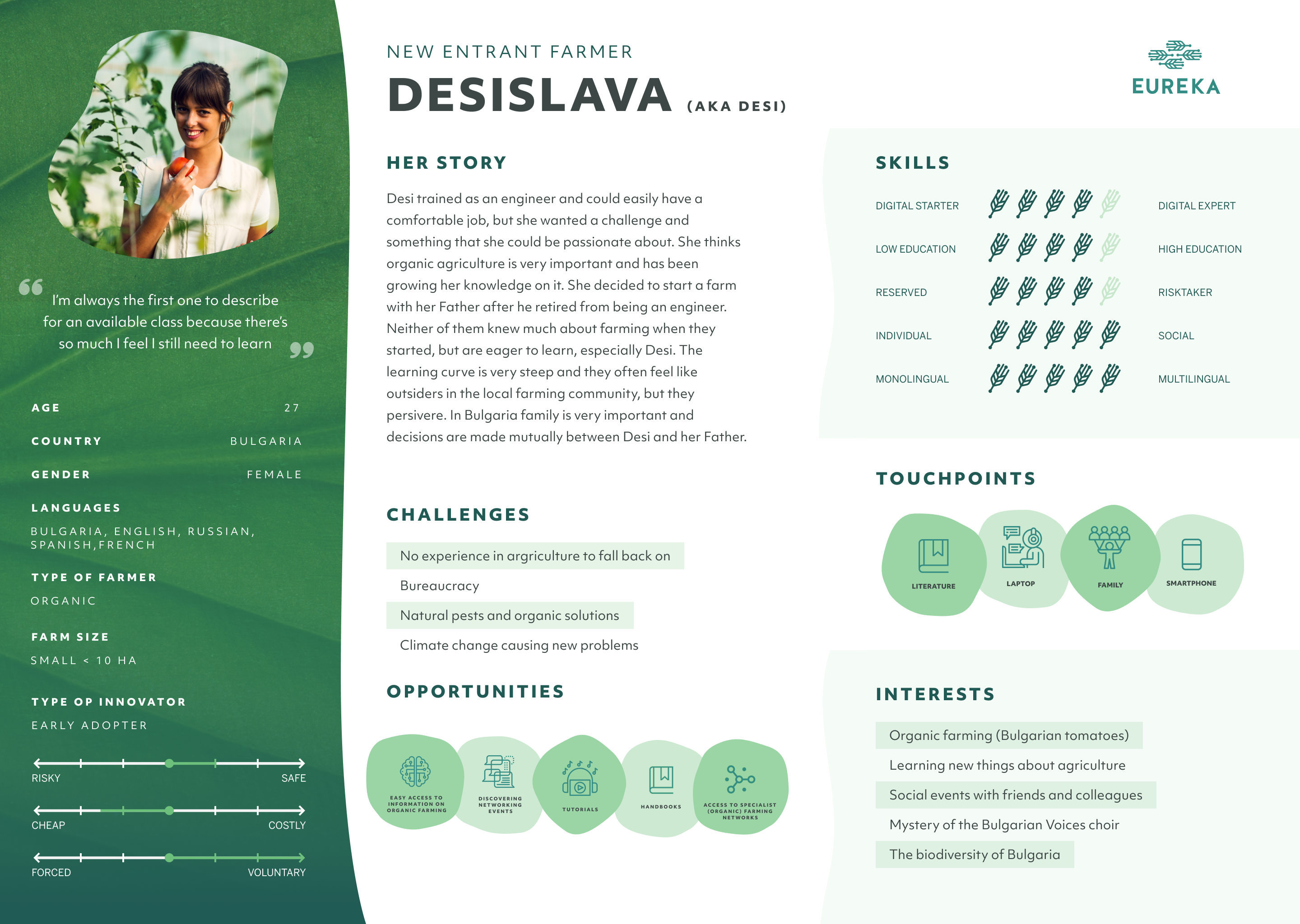
Source: Eureka
Why it’s useful
![]() Representativity is larger than with purely qualitative personas: you can know what percentage of your total user base each persona represents
Representativity is larger than with purely qualitative personas: you can know what percentage of your total user base each persona represents
Potential challenges
![]() Expensive, time-consuming and requires statistical expertise
Expensive, time-consuming and requires statistical expertise![]() Requires two processes: qualitative persona + statistical analysis (which might lead to the same outcome!)
Requires two processes: qualitative persona + statistical analysis (which might lead to the same outcome!)![]() Danger of “cracking a walnut using a hydraulic press” – overkill
Danger of “cracking a walnut using a hydraulic press” – overkill
How to create a Statistical Persona?
1. Start by building a qualitative persona (see above). You need a solid working knowledge of your users to be able to ask meaningful questions in your subsequent survey. You might start by dedicating some time to exploratory research – interviews, field work observation, focus groups – to understand the challenges, behaviors and motivations that characterize and differentiate groups of users regarding the topic.
2. Once you have a good idea about who your personas might be, design a survey that addresses the variables you have identified as defining different groups (with relation to your topic) at a larger scale. You probably will include some questions on demographic data, but other than pure statistical user segmentation approaches, you should design questions that aim at motivations and frustrations to understand the reason for behaviors and choices which might differ across different groups of users. Survey between 100 and 500 people (or more if you have the necessary network) to have a sufficient sample size for subsequent clustering.
3. Use statistical clustering techniques (class analysis or factor analysis) to group variables based on the correlation between responses in an iterative process. Common techniques are latent class analysis and factor analysis. Based on the output of the clustering, some variables will emerge as more important in predicting class membership. These will be key identifiers for your persona.
4. Create a persona with the help of templates, just as explained above for qualitative personas except now you base your sample on the segments you have identified and use the key variables as descriptive classes for the persona.
When to build a Statistical Persona
- If you have time for both methods – qualitative exploration and quantitative survey
- If you have the statistical expertise to perform statistical analysis and read the results
Best Practices
Find here best practice examples with helpful tips and tricks.
Do’s and Don’ts
Do's
- Unique – try to gather specific data for each problem you are trying to address and build personas that answer your questions
- Avoid biases – when naming your persona, think about possible associations. Exclude any information that is not relevant for your question (e.g. marriage status or age). When mapping personas, try working in pairs to discover bias and make the personas more divers
- Focus on present – critically question your past experiences and insights to be open for new perspectives, even if you have interacted and dealt with the target group for a long time
Don'ts
- Recycle – although costs are linked with every round of data collection, reusing existing data will not provide you with interesting answers to new questions
- Demographic overload – demographic data is common in user segmentation but often not very helpful when creating qualitative user persona. Data on age, gender or education level open room for impossible generalization and implicit bias, while it might not add significantly to understanding your target group's goals, purpose, and practices
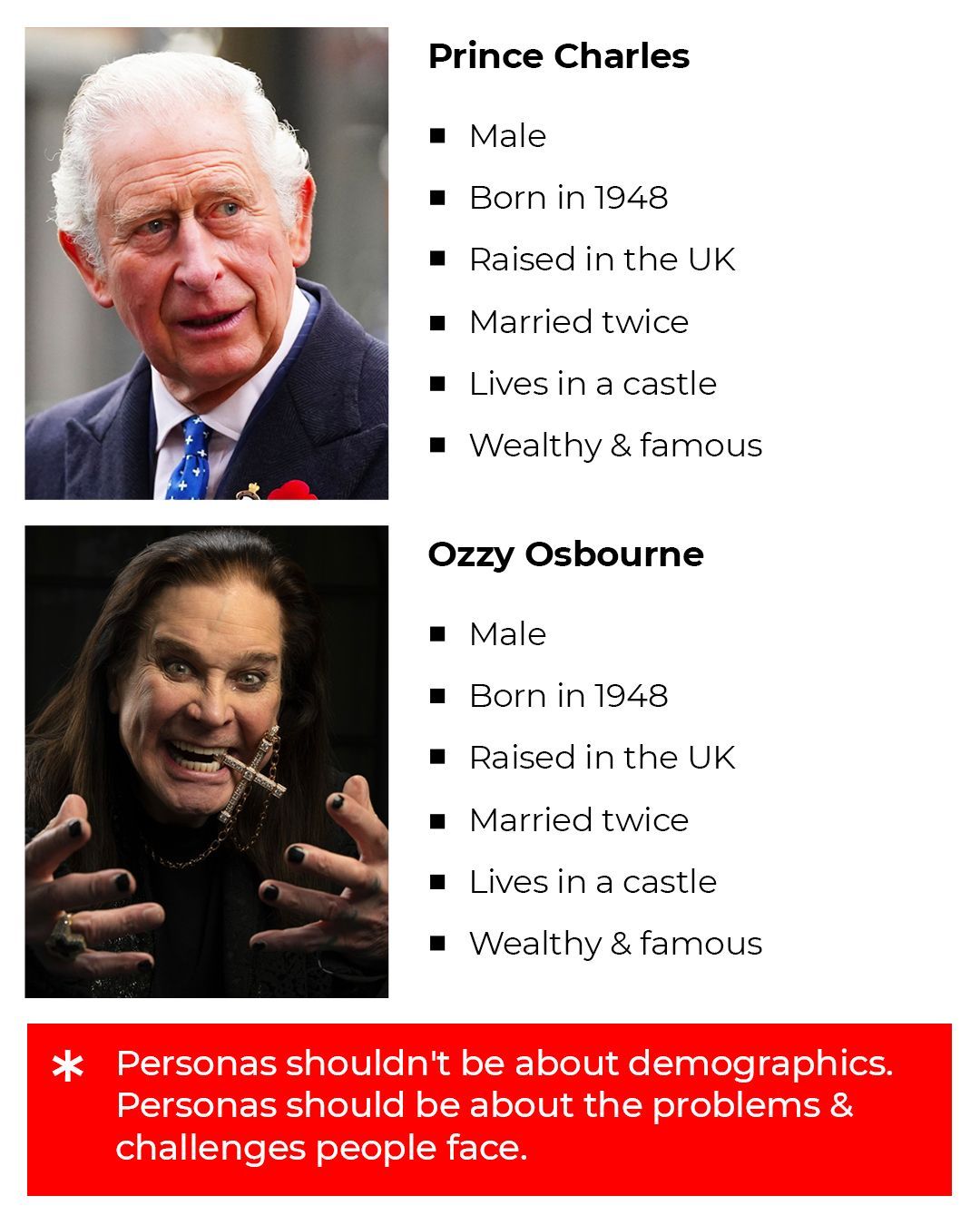
Source: Indiehackers.com
There is a quite vivid discussion going on among UX Designers as to how much demographic information to include in User Personas.
Some teams like to use pictures and few data on age, gender etc. to help them imagine this person in real life and empathize with him or her.
On the other hand, the example on the left shoes how demographic information often gives you the feeling of being specific while actually missing the point of User Personas – trying to focus on needs, motivations and challenges rather than demographics.
You need to find your balance – teams with little User Research experience often work with more demographic data, some more advanced teams move on beyond this.
- If you have time for both methods – qualitative exploration and quantitative survey
- If you have the statistical expertise to perform statistical analysis and read the results
For an example of User Personas built entirely on needs, motivations and challenges, see this article on Medium:
Potential Bias To Be Aware Of
Find a detailed overview of potential biases with counter actions here.
Below a list of potential bias to be aware of when building User Personas.

People tend to give more weight to evidence that confirms their assumptions and to discount
False consensus is the assumption that other people will think the same way as you. May lead to assuming own logic chains and preferences guide users as well.
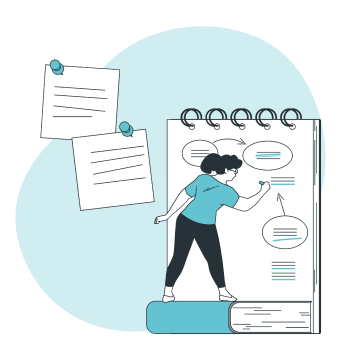
Clustering Illusion
Many UX beginners make false clusters when they analyze data and tend to see patterns even when there aren’t any. A small sample size makes it harder to understand whether the user behavior is typical for larger user segments, increasing the risk of an incorrect assumption.
Implicit Bias / Stereotyping
We associate our attitudes and stereotypes to people without our conscious knowledge. Our observations and interpretations of data can be steered by that and produce biased results.




